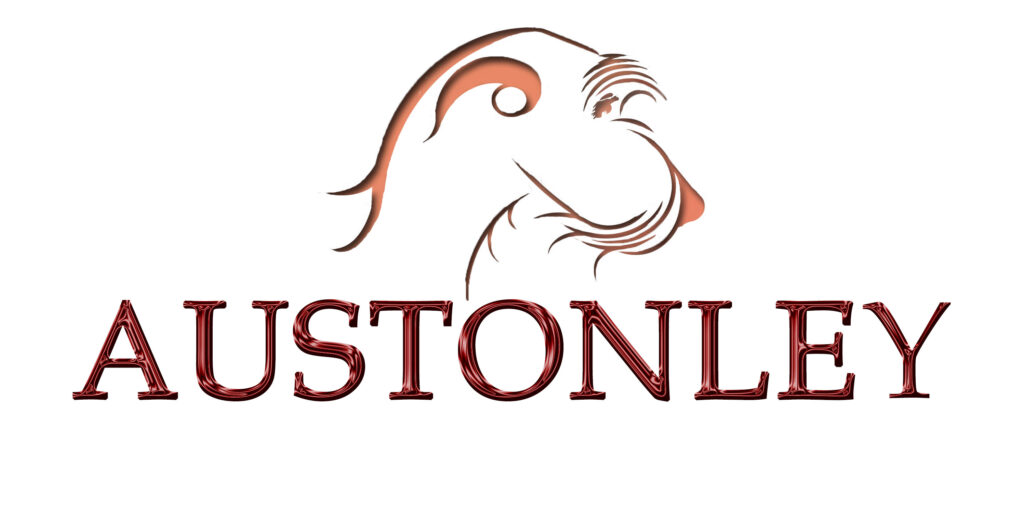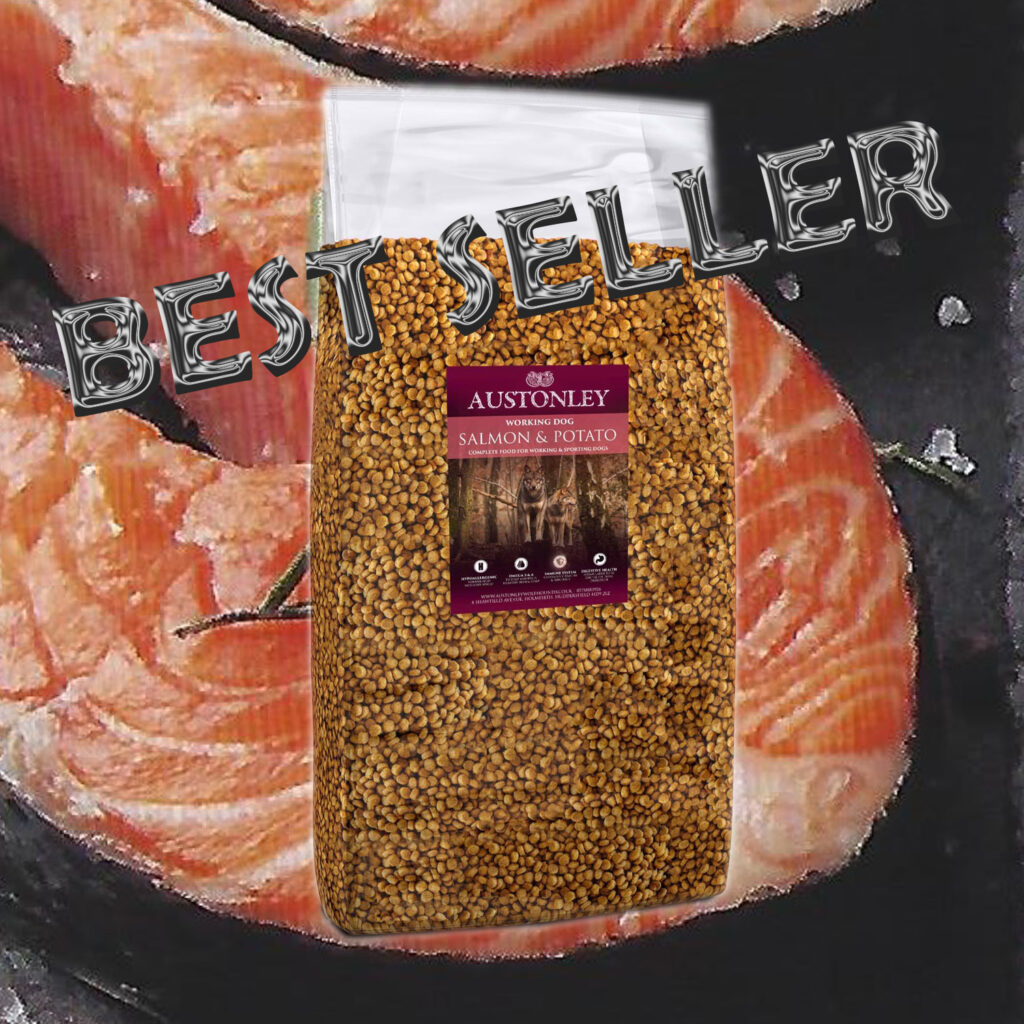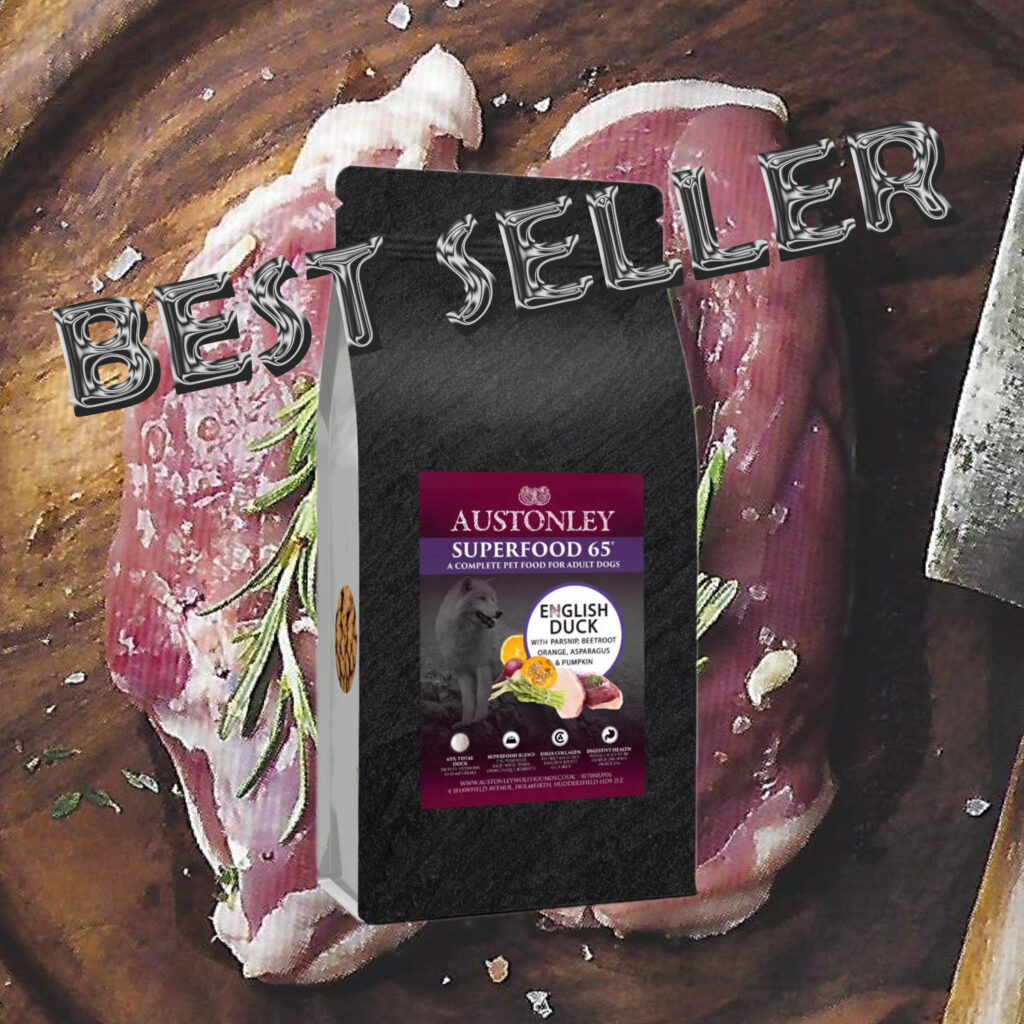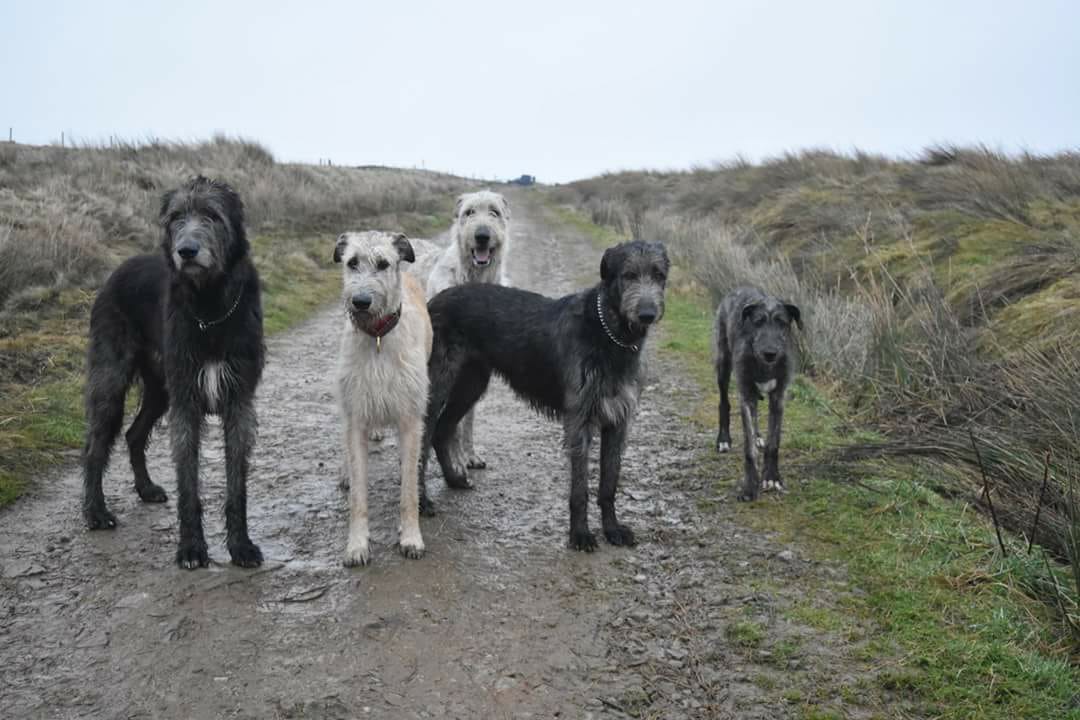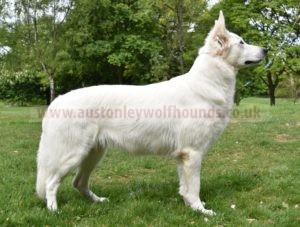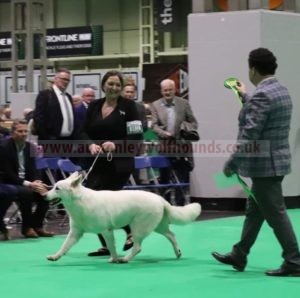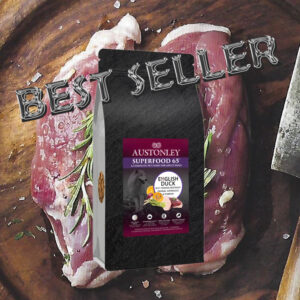GENTLE WHEN STROKED, FIERCE WHEN PROVOKED
THE IRISH WOLFHOUND
The largest and tallest of the galloping hounds, in general type he is a rough-coated, Greyhound-like breed; very muscular, strong though gracefully built; movements easy and active; head and neck carried high, the tail carried with an upward sweep with a slight curve towards the extremity”.
The average height of an Irish Wolfhound should be taller than that of a Great Dane. However, the wolfhound is not to be confused with being the heaviest, as its structure should be similar to that of a Greyhound, with a very broad and deep chest that tucks up. Its colour may be grey, brindle, red, black, white, fawn, and wheaten.
The Irish Wolfhound was bred for long solitary hunts based solely on the hound’s ability to visualize its landscape and perceive, unlike scent hounds (such as Bloodhounds and Beagles) who rely on scent rather than sight. For this reason, the neck of an Irish Wolfhound should be long with the head held high the majority of the time. The Irish Wolfhound should also appear to be longer than it is tall.
The hounds were also used as war dogs to haul men off horseback and out of chariots and there are many tales in Irish mythology of their ferocity and bravery in battle. They were also used as guards of property and herds and for hunting Irish elk as well as deer, boar, and wolves, “fast enough to catch a wolf, and strong enough to kill it”.
The exact origin of the Irish Wolfhound is unknown. However, what is known is that this is one of the oldest dog breeds known, with historical excavations of a breed resembling the Irish Wolfhound dating back to many centuries ago.
Nowadays, these gentle giants have a goofy side to their sweetness. Irish wolfhound owners love their calm demeanour at home, matched with an energetic desire to chase outside. They like to be near their owners, enjoy regular outings and evenings in front of the TV.
